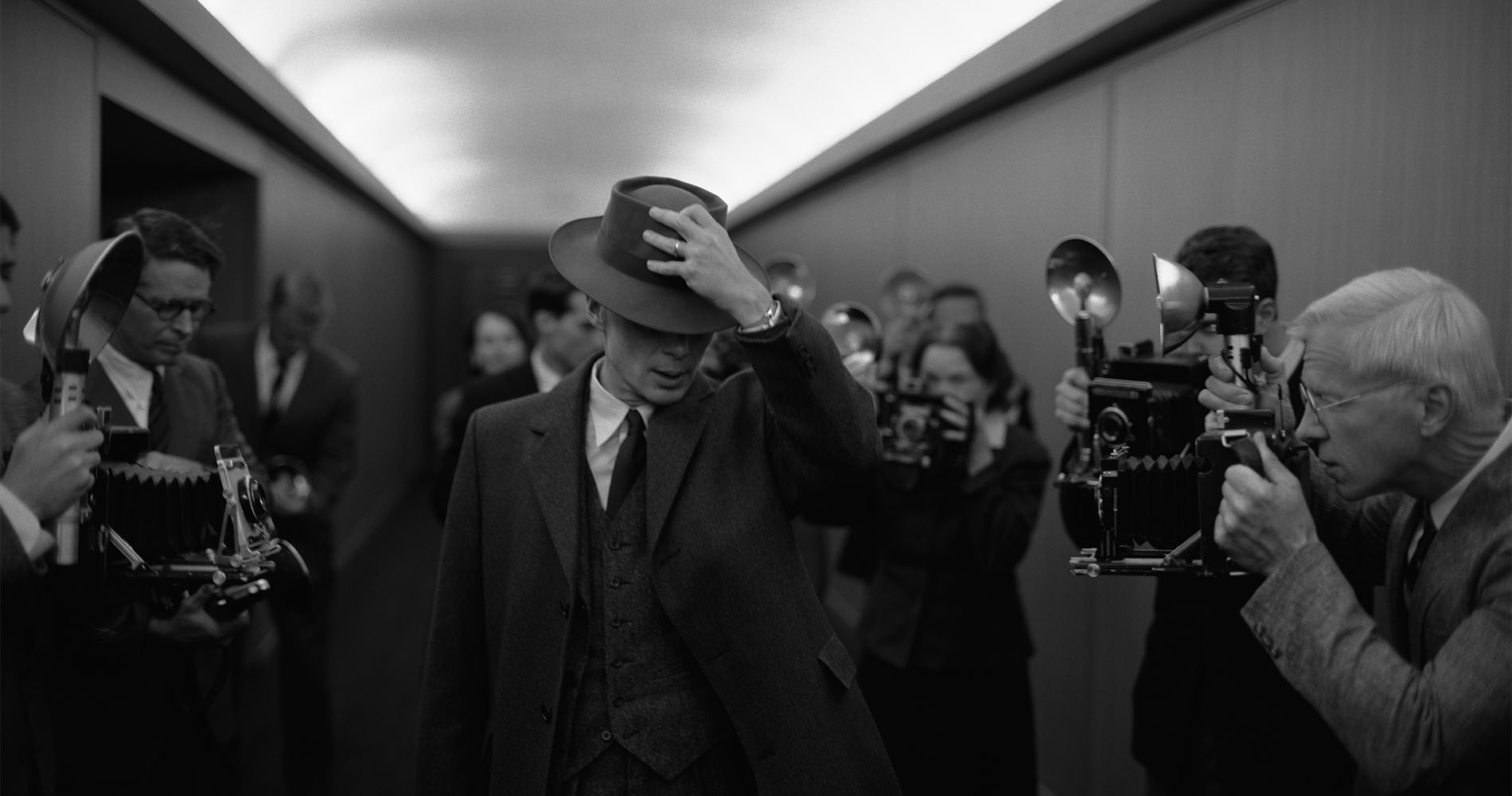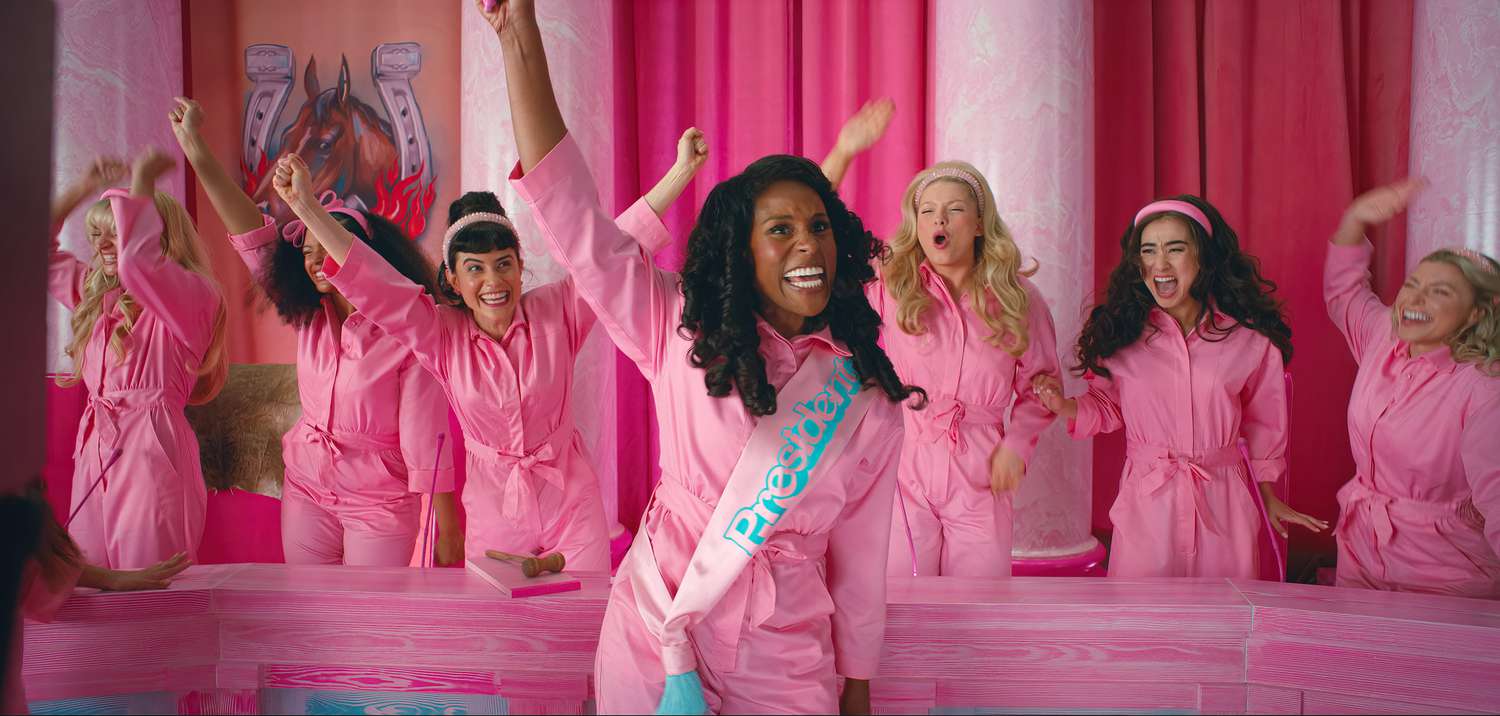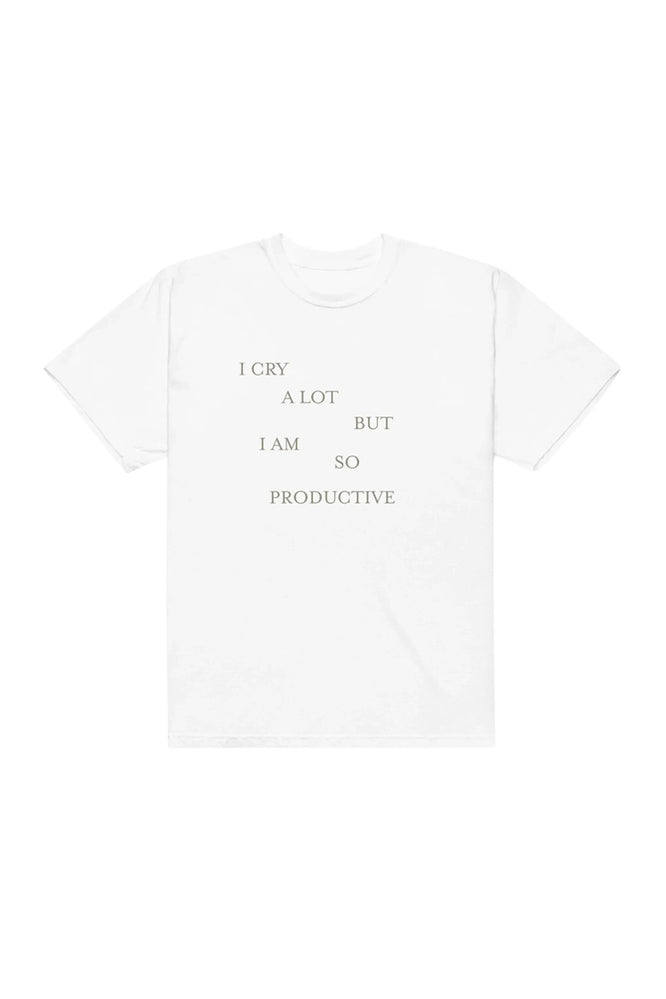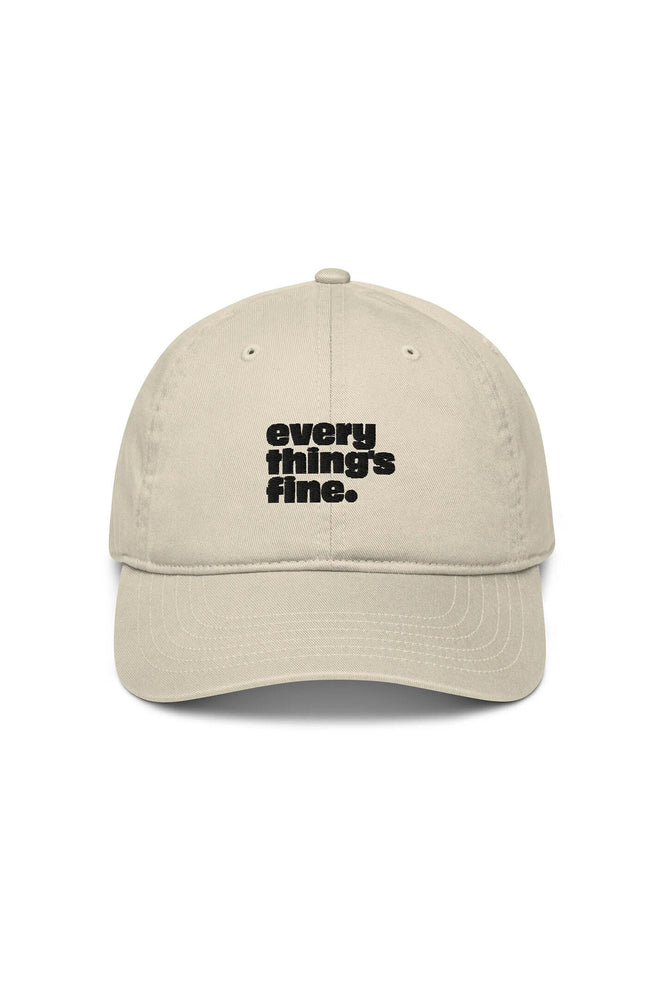For me, Barbenheimer wasn’t planned; it’s more like I came upon it. Of course, I had heard about the jokes and the memes almost as soon as it started (because I live on Twitter/X/whatever), but I didn’t intend to participate in it until the perfect circumstances came together in my life and schedule. And considering the sheer pop cultural pressure behind this double feature phenomenon, I think I actually prefer the organic nature of my own experience. I went to Barbenheimer because there was no reason not to.
If the joke of this completely insane movie mashup is that they are entirely different cultural products with no discernible connection that nonetheless contrast in a bizarre and extraordinary way, then impulse buying is precisely the way to go into it. You really have to have a perfectly calibrated desire to sit down and watch a movie about the meta-narrative of a corporate-owned children’s toy achieving self-awareness and another about the life of the man who coordinated and oversaw the development of the atomic bomb together on the same day. Barbenheimer isn’t simply a meme or a cultural event; it’s a vibe.

Warner Bros. Pictures
As I am the kind of woman who reads history books and primary sources for fun and who lost her ever-loving eight-year-old mind when she got a Barbie Dreamhouse (with elevator) for Christmas, there has never been a more perfectly aligned moment for the personal brand of my soul than Barbenheimer. On that alone, I would say that each of these movies is entirely worth seeing. For what they are, both movies are well-written, well-shot, well-directed, and engaging theater experiences. But—and I cannot stress this enough—you should not see both of them together if you would skip either of them separately. Firstly, it’s almost five hours in a movie theater, and secondly, there is simply no point in spending limited hours of one’s meager and unknowable amount of time on this planet doing things you don’t like. Barbenheimer taught me that.
Because for all of the wildly divergent visuals, tones, themes, and moods that Oppenheimer and Barbie cultivate, the question of what we are doing here is the thread that binds them together. The films might put emphasis in different places — Barbie more on “are” and “here” and Oppenheimer more on “what” and “doing”— but they both put the question before the audience and force us to spend time with it. It’s a double feature of purpose.

Universal Pictures
Which is why there is a recommended order for first-time watchers, and I would definitely keep to it unless you’ve worked out the anxieties of existential trauma with your therapist more than most of us. Or if you’re a good news, then bad news person. So: Oppenheimer first and Barbie second. Both Margot Robbie and Ryan Gosling have suggested a Barbie sandwich (Barbie-Oppenheimer-Barbie), and while I always encourage that you do you, I would not suggest trying this without some significant financial incentive to do so. That’s a lot of money and time to spend in a movie theater to enrich uncaring corporations!
There is no small irony that the huge marketing push for Barbie (and less so, Oppenheimer) made this cultural event possible at the very same time that artists have gone on strike across the film and entertainment industry. After years of churning out sequels, franchises, and empty IP grabs, two unique, standalone movies merged together to give Hollywood one of its biggest opening weekends in years—driven almost entirely by consumer sentiment and word-of-mouth.
In the midst of one of the worst summers for big movies, as Fast X (franchise), The Flash (shared universe), Indiana Jones (sequel), and Mission Impossible (franchise) all met audiences with a resounding “meh” and the box office receipts to prove it, Barbenheimer transcended apathy by simply being really good art.
Barbie is a fun, smart, dynamic visual blitz of everything possibly imagined in girlhood; Oppenheimer is a resonant, deep, conflicted interrogation of genius and transgression. Both are crafted top-to-bottom by artists at their best: from the production design and costumes to the sound and songs to the acting performances that never lose you whether you’re watching a woman as a doll as a woman or a man break his mind against time. Apart or together, Barbie and Oppenheimer are why we go to the movies at all. And if that’s not enough of a reminder to us as audiences and consumers, then maybe the giant pile of money made by Barbenheimer this weekend is enough to remind studios what the point of all of this is.

Warner Bros. Pictures
I didn’t go into Barbenheimer with any kind of expectation or anticipation beyond getting a glimpse into a rare cultural phenomenon and shared experience that we can eventually meme into oblivion. As I said, I didn’t even plan it. Due to personal conflicts, I wasn’t even sure I would see Oppenheimer until the day I bought the tickets, and while Barbie was an inevitability, I decided to see it the same day only because I already had tickets for Oppenheimer. I don’t know if I can recommend it to anyone else, when I barely recommended it to myself. But the question isn’t whether or not you should experience Barbenheimer. It’s about answering why you wouldn’t.










































